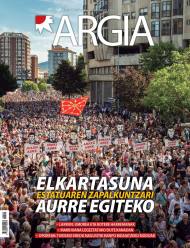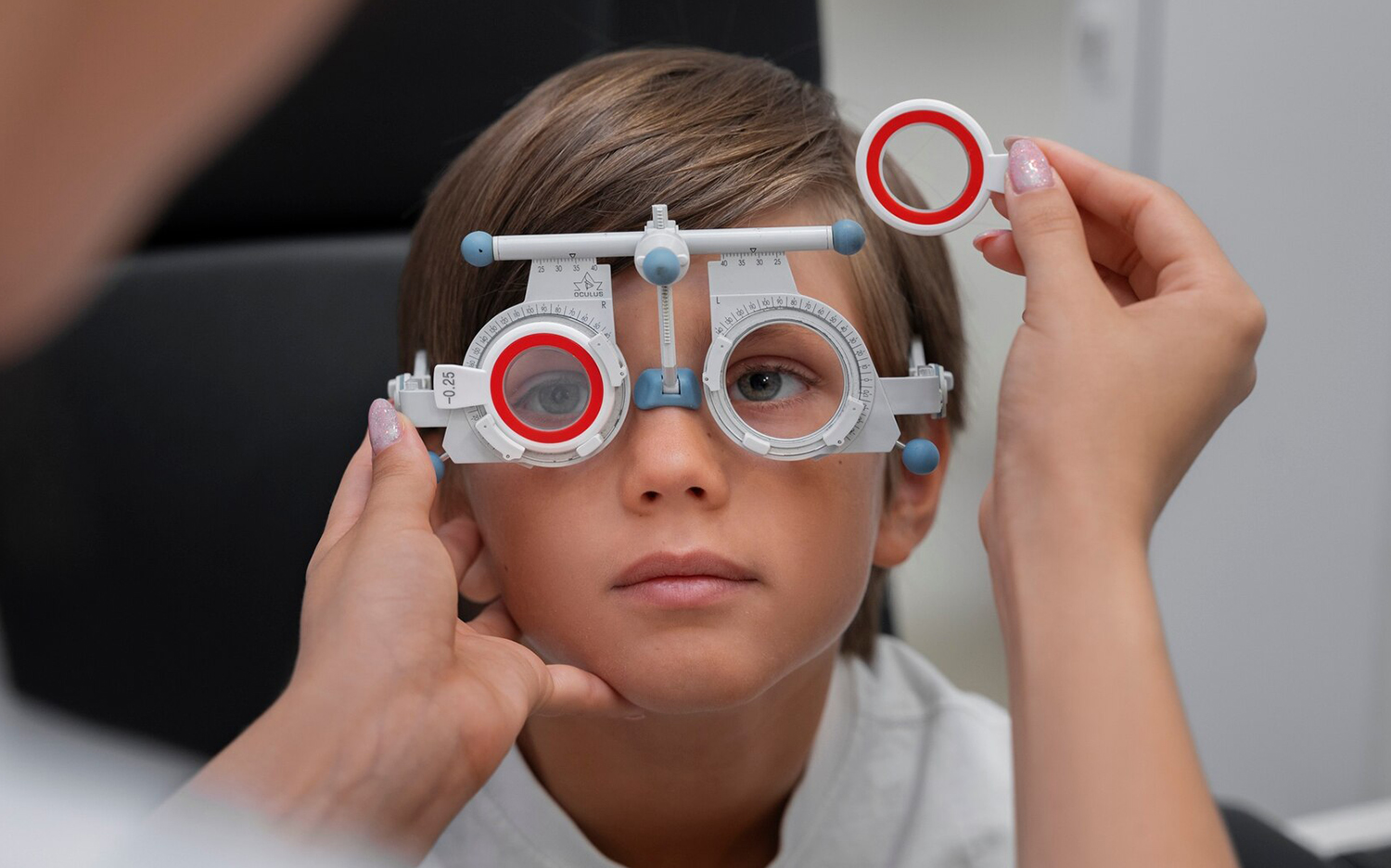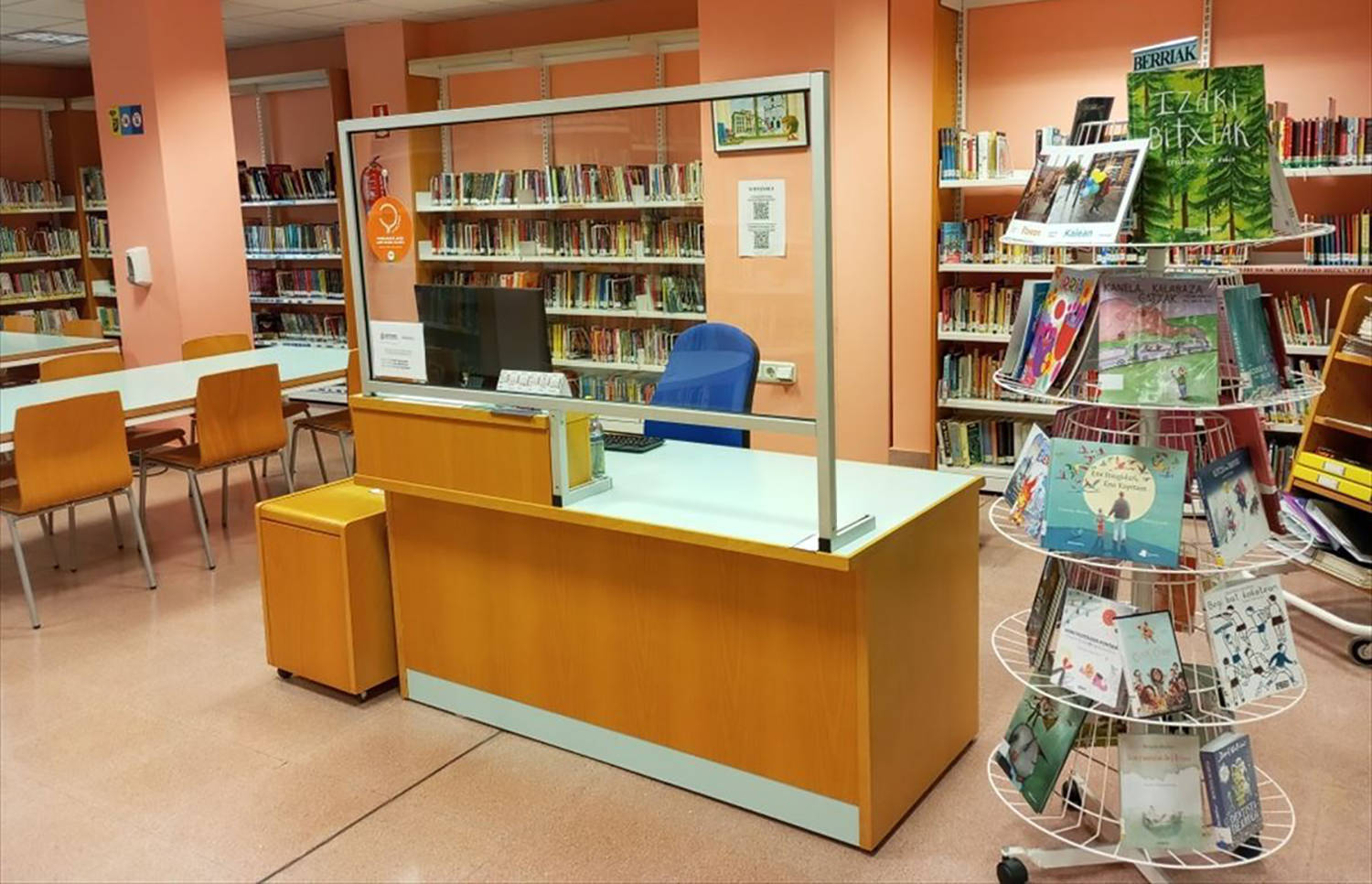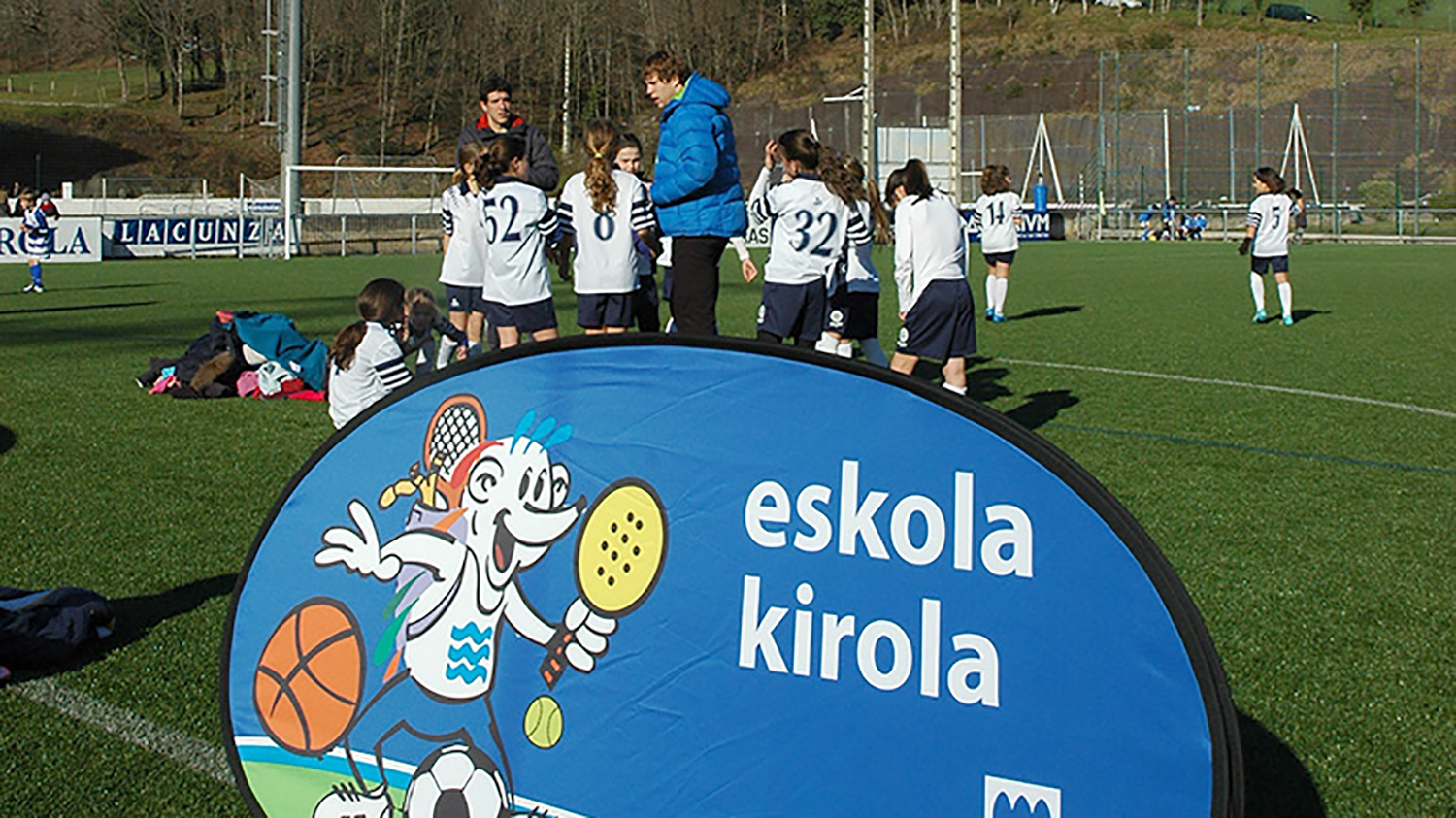Chest siblings
- Children and breasts. How many women, diverse stories. We have gathered together those of a time and we have collected three testimonies. I couldn't hold the breasts that the other women had given her. There were also “mammals” or “mamones”, who breastfed women to cure breast diseases. Evidence of Community growth that is being lost, which is changing. If we ask him around him, we'll find something he's told.
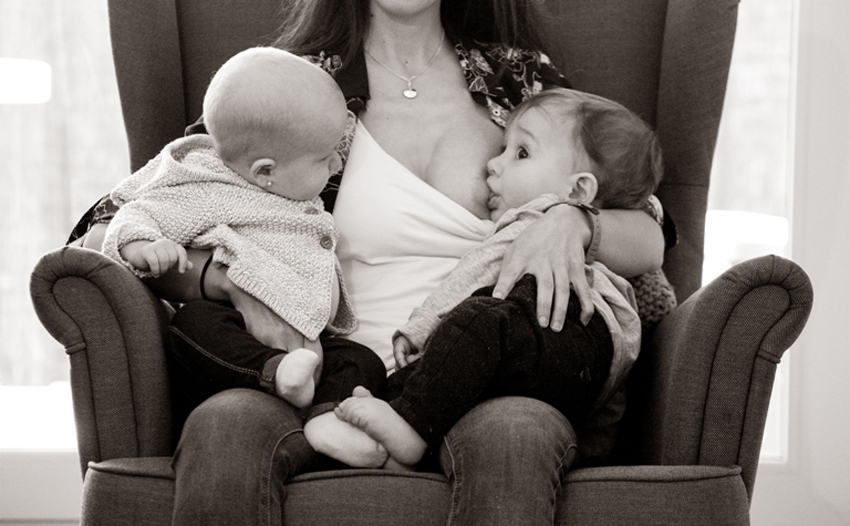
“I was also prepared for sacrificial clothing when I was born!” says Emilio Iridoy (1946, Hondarribia). Her mother didn't have enough milk in her chest to get her child through. And because of his weakness, Iridoy felt distressed: “I died. That's what they've always told me at home. I took my chest, but … the one who was sewing the clothes of death told our mother: this child is hungry. And so they took me home from the neighbors."
Two women in the vicinity had newborn babies and took them to breast feed. He still has relationships with his chest siblings. My sister and he have a joke.
Arm in arm boy waiting for the chest to be tightly restrained
Angela Garin (1916, Lazkao) had a son in 1945. His sister Lorchka also didn't have it much later. But Lorchka's son didn't hold his chest tightly and had a hard time taking the milk. Ane Larrañaga remembers the stories of her mother Angela. “Our mother did not hesitate. He took the newborn and went from Lazkao to Usurbil, as his sister lived in Usurbil. Once there, he took his son in his arms and put him on his chest. The baby held our mother's breast better. When I saw that she was tightly restrained, my mother passed her breast to her sister’s, and so on until the baby took her mother’s chest well.” Seeing that the boy had learned, Angela returned to Lazkao with the peace of mind that her sister's boy was taking milk well.
No milk for all children in the house
Marixa Mitxelena (1941, Donostia-San Sebastian), born in Donostia-San Sebastián Red Cross at the age of 25, is the mother of a baby. Elixabete Muñoz, daughter, seems to have been born a month earlier than expected, and immediately realized that the newborn was not well. The small, with large blood flow through the mouth and the lungs poorly developed, was transferred to the Donostia Hospital in San Sebastián.
Two days after birth, the mother made her first visit to her daughter. When Mitxelena went to the hospital, the child was sick: “I had tubes all over my body and the doctors told me not to give me milk yet. It was serious.” In a few days, however, the mother had the opportunity to breastfeed Muñoz, who gradually strengthened herself. Mitxelena tells us what happened yesterday in those days. Although 52 years have passed, those who lived with the birth of Elixabete have been kept forever in memory. He told us what happened with many feelings: “Only in the mornings could we go see my daughter. Sometimes I gave him a little chest and sometimes I saw him from the other side of the glass. When Muñoz started drinking milk, the doctor gave me a very thick glass bottle. She filled my breast milk, kept it cold and ordered me to take her every day to the hospital. The relatives had a house in Donostia and we stayed to live in their house. We were parents, our family and 13 brothers in the same house! What comedies!”

We have gathered the three witnesses: Emilio Iridoy, Ane Larrañaga (standing) and Marixa Mitxelena. Photo: Dani Blanco
Her mother kept climbing the bottle of milk every day. “At the beginning of April, Doctor Alustiza approached me, telling me that my daughter had recovered and that we could go home. I knew we lived in Oñati, but she told me I had to ask for a great favor. A large part of the bottle of milk that I was carrying every day, apparently, for my daughter, was used to feed two of the three siblings who were admitted to the same place. Her mother had five children and all three of them came to her. My mother didn't have enough milk for everyone, and those kids had only my milk. Alustiza clearly told me that my milk was the only medicine of these children.” Mitxelena did not hesitate: “I put myself in the other mother’s place. I told Dr. Alustiza to shut up. If I had to go out every day, I would take it out. And so I did.”
Mitxelena stayed in Donostia-San Sebastián for several months and between June and June she went to the breast milk hospital every morning. He had at his side his one-year-old son, Elixabete, who had just been born asking for the breast, but in one way or another he would drink milk every day and reach the brothers who were admitted. “Most of the time I wore it, but when I couldn’t get it from a family member. We couldn’t fail!”
Mitxelena was told at the hospital that from June she would no longer have to bring any more milk. Since then, he has not heard anything from those brothers until today. In fact, through some friends, they have managed to get in touch with the triplets, and they have made the appointment. “It’s been 52 years, but I’ve always remembered this issue. I wondered if those brothers were going to leave... but I had no courage to look for the triples, and now I am very happy. All I regret is that I was told that my mother died two years ago.” Soon they will all meet around the table, in Hondarribia. Marixa Mitxelena and her family will accompany the chest siblings: Elixabete Muñoz and the triples. It's never too late for the brothers in the chest to know each other!
MAMMALS: SPECIALISTS IN PULLING TO CURE BREAST PAIN
At the beginning of this year he died in Usurbil Jesús Arruti González-Etxabarri, born in 1940 in the Azkonita Caserío de Asteasu. He said that as a young man he had been a ghost, naturally. For the last time she told in front of the recorder:
“If the woman had a family and didn’t throw the kids away, they would ask me to throw me away. I would be 16-18 years old. I was leaving at the time when I was called, like a day, at night. Our older sister was also very encouraged.” He would put the container next to him and, if the milk he had drunk was wrong, he would throw it into the container as soon as he had it in his mouth. There were women who had to go three or four times in a row, others, once, had enough. “Then the tools for milk extraction were multiplied and the mammals were finished.”
In Arruti's childhood, it was very common to place a child who did not drink enough milk in another woman's breast: “There were five or six husbands around and three or four women who had made the child, one with little milk and many others, took the child to the neighborhood house. In the same way, three or four days spent in the neighborhood’s house, until the mother came with milk or cured her chest.”
Stitxu Eizagirre Kerejeta
Eskolaz kanpoko jardueren eskaintza zabala egiten duten ikastetxeen aldean, beste askok ez du horretarako aukerarik; eta eskola bereko ikasleen artean ere, denek ezin dute ekintzetan parte hartu, baliabide ekonomikoek baldintzatuta. Esku hartzeko dei egin diete instituzioei:... [+]
Haurreskolara beharrean, 0-3 urte bitarteko umea zuzenean ikastetxera bidaltzea, Haur eta Lehen Hezkuntza osoa (12 urtera arte) hartzen dituen zentro berera. Hori da Nafarroako Hezkuntza Sailak Burlatako Hilarion Eslava ikastetxean martxan jarriko duen proiektu pilotua eta... [+]
Iruñeko haur eskoletako zuzendariek, EH Bildu, Geroa Bai, Zurekin Nafarroa eta PSNren arteko akordioa kritikatu dute. “Murgiltze ereduaren alde egin dugu beti, baina inoiz ez da gure iritzia kontutan hartzen” salatu du Euskalerria Irratian, Garikoitz Torregrosa... [+]
Batez beste, adinez gero eta nagusiago bilakatzen gara ama eta aita, hala diote datuek. Biologiari aurre hartu diote ugalketa teknikek, baina guraso zahar ugariko gizartea izatearen inguruan gogoetatzea falta dela iritzi dionik bada.
Miopia gero eta gehiago eta gero eta lehenago ari da garatzen, eta horren arriskua da dioptriak gehitzen joatea eta helduaroan begiari lotutako hainbat gaitz izateko aukerak dezente handitzea. “Eguzki-argia jasotzea inportantea da, eta denbora asko ez igarotzea oso gertu... [+]
Today, the voices of women and children remain within a culture that delegitimizes their voices, silencing their experiences, within a system aimed at minimizing or ignoring their basic rights and needs. A media example of this problem is the case of Juana Rivas, but her story... [+]







